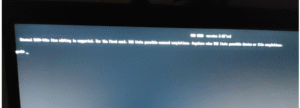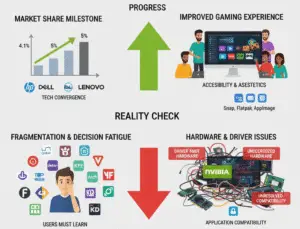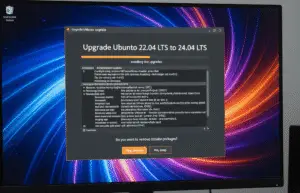
IBM Replaces 200 HR Roles with AI: What This Means for the Future of Work
Introduction
The workplace is evolving, and artificial intelligence (AI) is at the forefront of this transformation. In a bold move, IBM has replaced around 200 HR positions with AI-powered automation, streamlining processes like recruitment, employee support, and performance management.
This shift raises important questions:
How is AI reshaping HR?
What are the real benefits and risks?
Will AI replace human jobs entirely, or create new opportunities?
Let’s explore IBM’s AI-driven HR transformation and what it means for businesses and employees.
How IBM is Using AI to Replace HR Tasks
IBM has integrated AI into key HR functions, automating repetitive tasks and improving efficiency. Here’s how:
1. AI Recruiters – Faster, Smarter Hiring
Before: HR teams manually reviewed hundreds of resumes, a time-consuming process.
Now: IBM’s Watson AI scans applications, matches candidates to job requirements, and even conducts initial screenings.
Example: A hiring manager needs a software engineer. Watson analyzes skills, experience, and cultural fit, shortlisting the best candidates in minutes instead of days.
2. Chatbots – Instant Employee Support
Before: Employees waited for HR responses on leave policies, payroll, or benefits.
Now: AI-powered chatbots (like IBM’s HR Assistant) provide instant answers 24/7.
Example: An employee asks, “How do I update my tax details?” The chatbot guides them step-by-step, reducing HR workload.
3. AI-Driven Performance Reviews
Before: Managers spent hours evaluating employee performance manually.
Now: AI analyzes project outcomes, peer feedback, and productivity trends to suggest promotions or training needs.
Example: AI detects an employee excelling in leadership tasks and recommends them for a management training program.
4. Predictive Analytics – Reducing Employee Turnover
AI identifies patterns (like frequent late logins or declining engagement) to predict which employees might quit.
HR can then intervene with retention strategies, such as career development plans.
Why IBM Made This Shift – Key Benefits
✅ Cost Savings – Automating HR tasks reduces operational expenses.
✅ Faster Decisions – AI processes data instantly, speeding up hiring and support.
✅ Bias Reduction – AI evaluates candidates based on skills, not unconscious biases.
✅ Scalability – AI handles thousands of queries simultaneously, unlike human teams.
The Downsides – Challenges & Concerns
⚠ Job Losses – 200 HR roles were cut, raising concerns about AI replacing humans.
⚠ Lack of Human Touch – Employees may miss personalized support from real HR professionals.
⚠ Data Privacy Risks – AI systems handling sensitive employee data must be secure.
The Future of HR: Humans + AI Collaboration
While AI is taking over repetitive tasks, human HR professionals will focus on:
Strategic Workforce Planning – Using AI insights to shape company culture and growth.
Employee Engagement – Building relationships and addressing complex concerns.
Ethical AI Oversight – Ensuring AI tools are fair, transparent, and unbiased.
New Opportunities for HR Professionals
Upskilling: Learning AI tools to work alongside automation.
Specialized Roles: Focusing on talent development, diversity, and workplace well-being.
Conclusion: AI is Changing HR, Not Eliminating It
IBM’s move highlights a major shift in the workplace—AI is here to augment, not entirely replace, human roles. While some jobs are disappearing, new opportunities are emerging for those who adapt.
What’s your take?
Is AI in HR a necessary evolution or a threat to jobs?
Would you trust an AI recruiter over a human one?




